Introduction
In the vast realm of microorganisms, lactobacillus, commonly known as lactic acid bacteria, holds a unique and pivotal position. These beneficial bacteria are renowned for their fermentation prowess, transforming various ingredients into delicious and nutritious foods. From tangy yogurts to tangy pickles, lactobacillus plays a crucial role in preserving, enhancing flavors, and improving the digestibility of numerous culinary delights. This article delves into the remarkable capabilities of lactobacillus, showcasing how you can harness its power to create simple, delightful foods at home.

Understanding Lactobacillus
Lactobacillus is a genus of bacteria that belongs to the lactic acid bacteria group. These microorganisms are anaerobic, meaning they thrive in environments devoid of oxygen. Their primary function is to convert sugars into lactic acid through a process called fermentation. This natural process not only preserves food but also alters its texture, taste, and nutritional profile positively.
The versatility of lactobacillus extends across diverse food cultures, from European yogurt and German sauerkraut to Korean kimchi and Japanese miso. Each of these foods embodies the unique flavors and textures that lactic acid fermentation brings, making them staples in various cuisines worldwide.
Simple Food Creations with Lactobacillus
Creating foods with lactobacillus is both an art and a science. Below are several simple recipes that highlight the transformative power of these beneficial bacteria, allowing you to enjoy homemade, fermented treats bursting with flavor and health benefits.
Homemade Yogurt
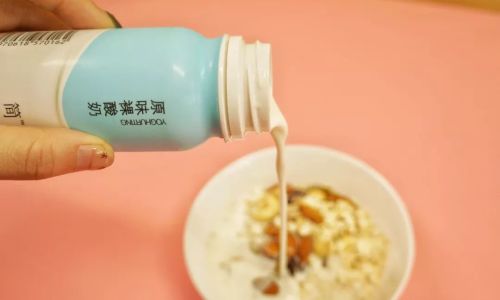
One of the most accessible and popular foods made with lactobacillus is yogurt. This creamy, tangy dairy product is rich in probiotics, essential for gut health.
Ingredients:
- 1 liter of whole milk
- 2 tablespoons of plain yogurt with active lactobacillus cultures (as a starter)
- Optional: honey, fruit, or nuts for topping
Instructions:
- Heat the milk in a heavy-bottomed pot until it reaches 180°F (82°C), then remove it from heat and let it cool to 110°F (43°C). This step sterilizes the milk and creates an optimal temperature for fermentation.
- Stir in the plain yogurt starter until fully incorporated.
- Pour the mixture into clean, sterile glass jars.
- Cover the jars loosely with lids or cloth to allow gas exchange.
- Place the jars in a warm, draft-free area (around 110°F or 43°C) for 6-8 hours, or until the yogurt has set to your desired consistency.
- Chill the yogurt in the refrigerator for at least 2 hours before serving. Top with honey, fruit, or nuts as desired.
Fermented Pickles
Pickles are another classic example of lactobacillus-fermented foods. They add a tangy crunch to sandwiches, salads, and more, all while providing probiotics.
Ingredients:

- Fresh cucumbers (Kirby or pickling cucumbers are ideal)
- 3-4 tablespoons of pickling salt
- Water
- 1-2 cloves of garlic per jar (optional)
- A few sprigs of fresh dill or other herbs (optional)
Instructions:
- Wash the cucumbers thoroughly and remove any blossoms or spikes at the end.
- In a large bowl, mix 3-4 tablespoons of pickling salt with enough water to fully submerge the cucumbers. This brine should taste slightly salty like sea water.
- Pack the cucumbers, garlic cloves, and herbs into clean, sterile glass jars, ensuring they are submerged in the brine.
- Use a weight, such as a smaller jar filled with water, to keep the cucumbers submerged.
- Cover the jars loosely with lids to allow gas exchange.
- Place the jars in a cool, dark place for about 7-10 days, tasting periodically until they reach your desired level of tanginess.
- Once fermented to your liking, store the pickles in the refrigerator to slow further fermentation.
Kimchi
Kimchi, a Korean fermented vegetable dish, is a vibrant, spicy, and tangy addition to any meal. It’s not only delicious but also packed with probiotics and nutrients.
Ingredients:
- 1 large Napa cabbage (about 2 pounds), cut into bite-sized pieces
- 1/4 cup coarse sea salt
- 1 cup water
- 3-4 green onions, chopped
- 1 medium carrot, julienned
- 1 medium daikon radish, julienned
- 3-4 cloves of garlic, minced
- 1-inch piece of fresh ginger, minced
- 2-3 tablespoons Korean chili powder (gochugaru)
- 1-2 tablespoons fish sauce (optional, for traditional flavor)
- 1-2 tablespoons sugar or honey
- 1/4 cup Korean radish or apple, grated (for added sweetness and texture)
Instructions:
- In a large bowl, mix the sea salt with water to create a brine. Submerge the cabbage pieces in the brine and let them sit for about 2-4 hours, stirring occasionally. This draws out excess moisture.
- Rinse the cabbage under cold water and drain well.
- In a large mixing bowl, combine the cabbage, green onions, carrot, daikon, garlic, ginger, chili powder, fish sauce (if using), sugar or honey, and grated radish or apple. Mix thoroughly until all ingredients are evenly coated.
- Pack the mixture tightly into clean, sterile glass jars, pressing down to remove air pockets. The brine from the cabbage and seasoning should cover the vegetables.
- Cover the jars loosely with lids to allow gas exchange.
- Place the jars in a cool, dark place for about 3-5 days, tasting periodically until they reach your desired level of fermentation.
- Once fermented to your liking, store the kimchi in the refrigerator to slow further fermentation and maintain freshness.
Kefir
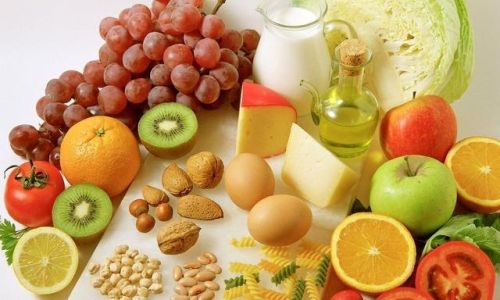
Kefir is a fermented milk drink with a tangy, creamy texture and a slightly effervescent taste. It’s a great source of probiotics and easy to make at home.
Ingredients:
- 1 liter of whole milk
- 1-2 tablespoons of kefir grains (live cultures)
Instructions:
- In a clean, sterile glass jar, combine the milk and kefir grains.
- Cover the jar loosely with a lid or cloth to allow gas exchange.
- Place the jar in a warm, draft-free area (around 75-85°F or 24-29°C) for 12-24 hours, or until the kefir has thickened and developed a tangy flavor.
- Strain out the kefir grains using a fine-mesh sieve or cheesecloth. Rinse the grains gently with milk and store them in fresh milk in the refrigerator until the next batch.
- Stir the kefir well before serving. It can be enjoyed plain or flavored with honey, fruit, or nuts.
Conclusion
The world of lactobacillus-fermented foods is vast and varied, offering endless possibilities for culinary exploration. From the creamy richness of yogurt to the fiery tang of kimchi, these foods not only delight the palate but also contribute to overall health and well-being. By making these simple, fermented foods at home, you can harness the power of lactobacillus to create nutritious, delicious treats that are bursting with life and flavor. So, why wait? Dive into the world of fermentation and start creating your own lactobacillus-infused culinary delights today!
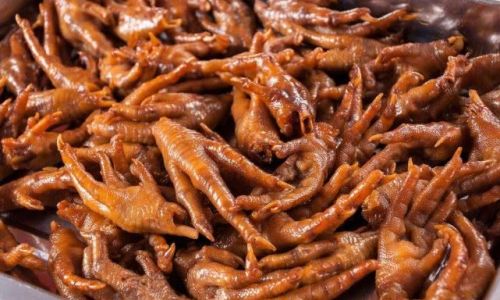


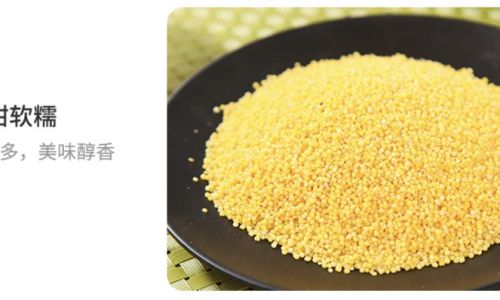
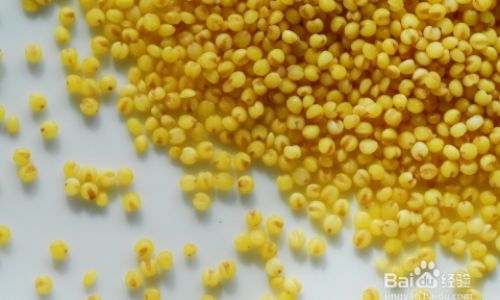
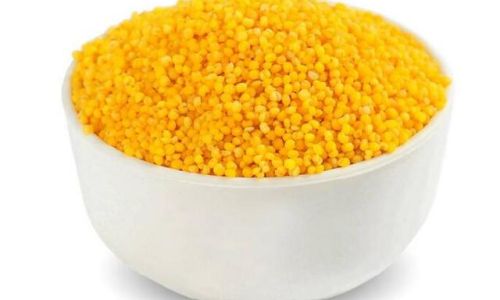
0 comments